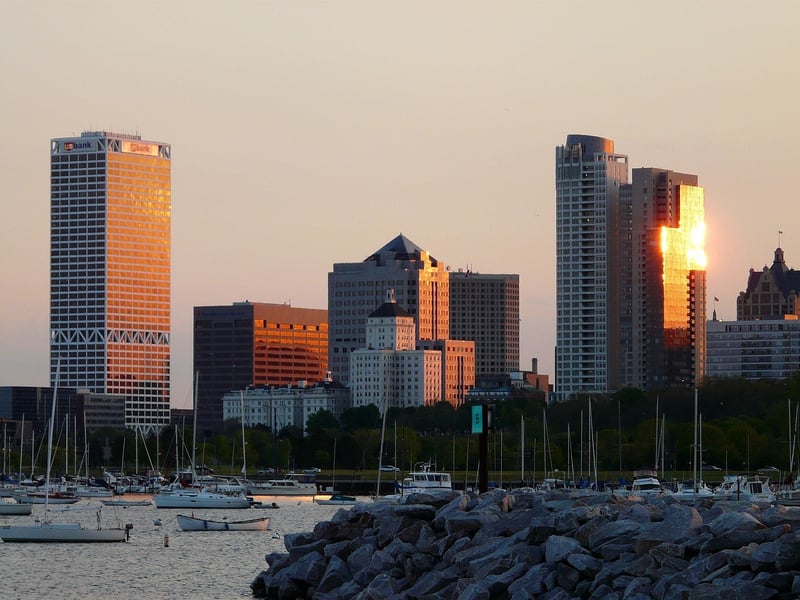Permeable Pavements
Building Sustainable Urban Ecosystems with Permeable Pavements

Urban areas are constantly evolving, and as cities grow, so does the need for sustainable infrastructure. One innovative solution gaining popularity is the use of permeable pavements in urban design. These pavements offer a range of environmental benefits while enhancing the overall urban ecosystem.
The Benefits of Permeable Pavements
- Stormwater Management: Permeable pavements allow rainwater to infiltrate the ground, reducing runoff and minimizing flooding in urban areas.
- Groundwater Recharge: By enabling water to seep into the ground, permeable pavements help recharge groundwater reserves, ensuring a sustainable water supply.
- Heat Island Mitigation: These pavements reduce the urban heat island effect by absorbing less heat than traditional pavements, thus lowering surface temperatures.
- Improved Water Quality: Filtering rainwater through permeable pavements helps remove pollutants and contaminants, improving water quality in surrounding areas.
Implementing Permeable Pavements in Urban Design
Integrating permeable pavements into urban design requires careful planning and consideration. Municipalities and urban planners can incorporate these pavements in various ways, including:
- Sidewalks and Walkways: Utilizing permeable pavements for sidewalks and walkways can enhance pedestrian experience while promoting sustainability.
- Parking Lots: Implementing permeable pavements in parking lots helps manage stormwater runoff and reduce environmental impact.
- Plazas and Public Spaces: Creating permeable surfaces in plazas and public spaces improves aesthetics and contributes to a greener urban environment.
Challenges and Considerations
While permeable pavements offer numerous benefits, there are challenges to consider, such as maintenance requirements, initial costs, and potential clogging. Proper maintenance and regular inspections are essential to ensure the longevity and effectiveness of these pavements.
By incorporating permeable pavements into urban ecosystems, cities can mitigate environmental impacts, improve water management, and create more sustainable and resilient communities for the future.
